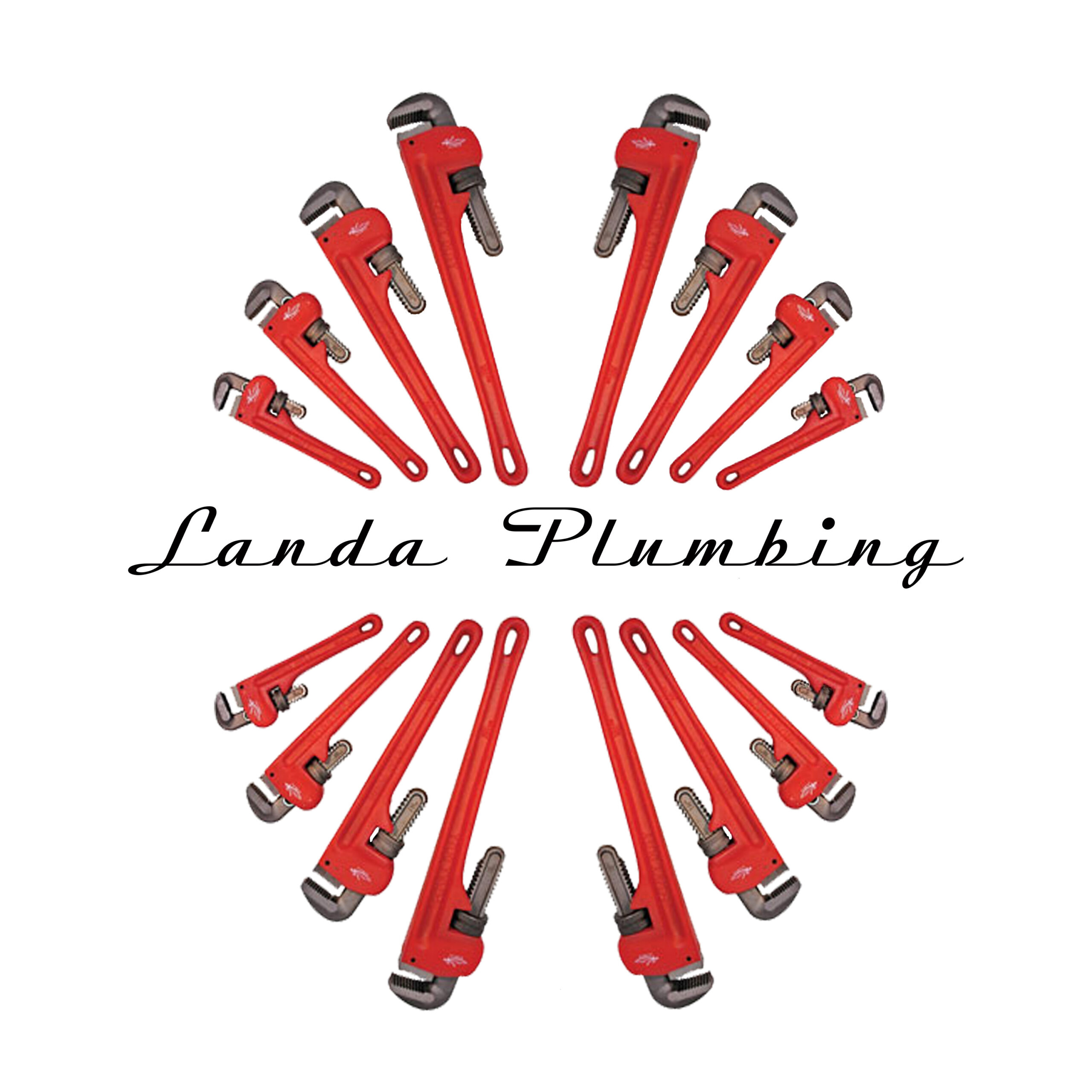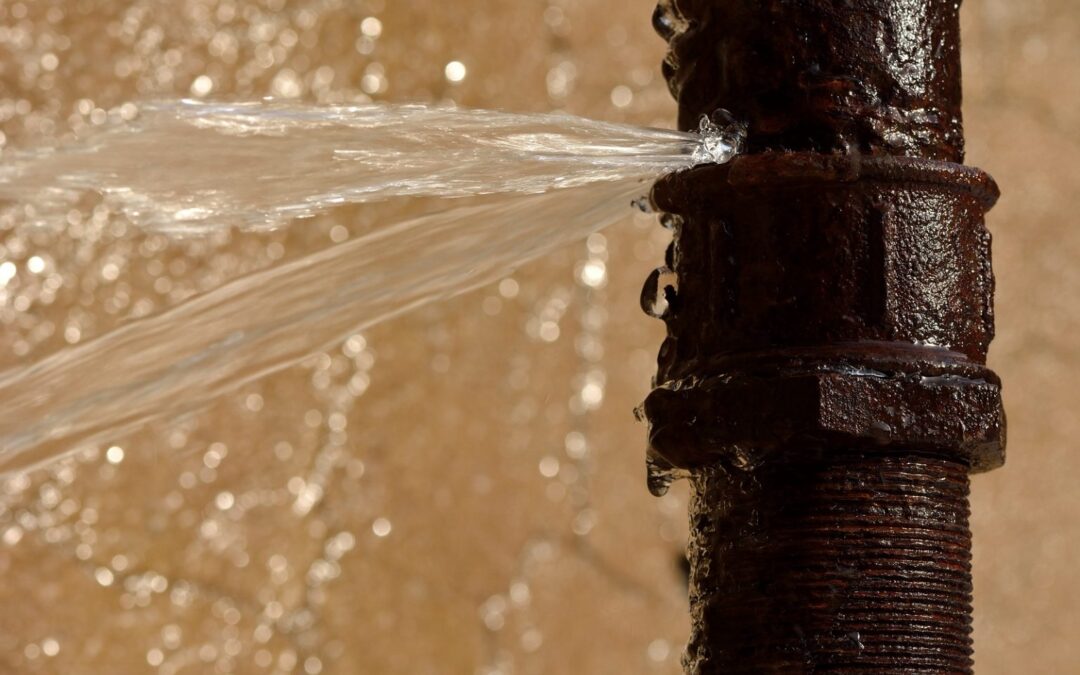Most homes we service contain the pipes that the original home builders installed. As time goes on, homeowners repair or replace other parts of the house, but the old pipes just keep on keepin ‘on.
People have had running water for so long that most have forgotten about life without it. This is a good thing, but it also means that there are many pipes that are being used without maintenance and replacement schedules. Old pipes are, in fact, the number one most dangerous thing about any home water system. The reason for this is because they are often made of things that are now known to release dangerous particles into water over time. Among the worst are lead and iron.
Keeping old pipes for too long can lead to some problems you’d rather avoid.
1. Lead and Other Materials
Lead is toxic, and harmful to consume in any quantity. Un-replaced, corroded lead pipes poisoning the city water supply is the cause of the infamous water crisis in Flint, Michigan. Unfortunately, a lead was used as a material in the construction of plumbing pipes. Old pipes may contain fixtures built with lead solder, which can enter the water supply with the help of corrosion. Homes built before 1986 may have pipes constructed primarily of lead.
2. Galvanized Old Pipes
In order to run a quick test on an old home, simply turn on the hot water and let it run for a minute or two. If you see the water pressure is low, it is likely the house has galvanized pipes that have tarnished and plugged up over time. In this scenario, the hot water pipes should be the first thing replaced.
It’s important to note that if you see no problems with the water pressure, that doesn’t mean everything is fine. It’s possible that the house could have good pressure, but still have hidden problems caused by galvanized pipes. Some old homes have had all of the bad pipes replaced, but most have many old galvanized pipes still in use that need replacement.
3. Corrosion
Think about how much work your home’s pipes have done. Highly pressurized water rushes through them constantly. Over time, the pressure and friction applied by water wear away at the inner walls of your pipes. Eventually, the water eats away from the piping that tiny leaks form. Silent leaks spring, and water seeps out of them, doing exponentially more damage as the problem goes unaddressed.
The older the pipes, the more corrosion damage may have occurred. Old pipes tend to be made of less corrosion-resistant material, and they have a shorter lifespan than newer ones. Corrosion risk is also dictated by water pressure, acidity, hardness, and temperature. If you don’t have a water softener or the water in your area is particularly hard, you should pay special attention to the status of your pipes.
4. Sewer Lines
Your plumbing isn’t confined to the house. It begins and ends at the street.
All the piping on the house side of the meter belongs to the homeowner, and everything on the street belongs to the water district. The meter should have a dial that shows minute water flow so that if you turn off the water inside the house, and the dial still moves, there is a leak in the system somewhere.
If the house is on a sewer line, the homeowner owns the line from the house to the street, and that line can be worrisome in old houses. Old houses, like anything else getting on in years, can be notorious for age-related ills. When it comes to plumbing troubles, galvanized pipes and bad sewer lines are often the sources.
Instead of being scared with these “old pipes horror stories”, take action if you have an older home. Schedule an inspection immediately and have any pipes in question replaced. Landa Plumbing is able to safety inspect and completely repipe your home if needed. The trick to preventing possible catastrophe, if you think you’re at risk or not, is vigilance.

